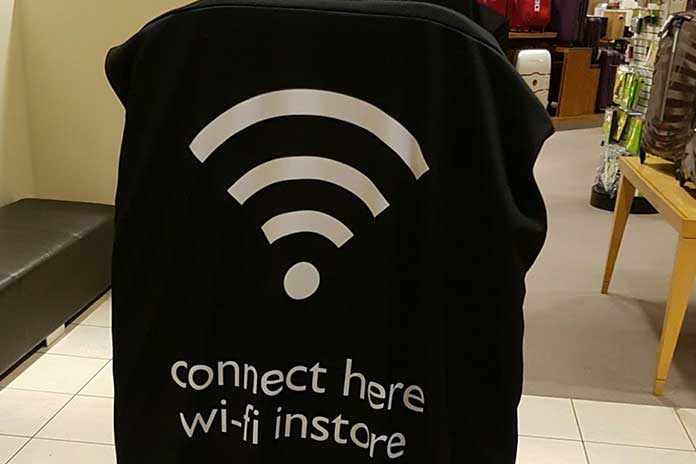WiFi In Educational Centers, Schools And Universities

Today many schools, universities and educational centers make inquiries about navigation problems, outages and poor quality of the WiFi service of their centers. It is not something new, in recent years education is requesting improvements in networks due to the introduction of new technological factors.
The presence of computers, tablets, computer systems and even mobiles in these facilities requires a good WiFi infrastructure, technical support and design prior to installation. But what are the most frequent problems in this type of center?
Overload in the use of the Networks
Schools and universities are very crowded spaces with high demand for WiFi. Hundreds of people require a good WiFi installation to meet the needs of educational environments. The moment all students, teachers, and staff connect to the school’s WiFi network, it can cause an overhead.
This occurs if a good coverage study, hot connection areas, student mobility, attendance areas was not previously carried out.
If the school cannot support all connected devices as learning tools, it will cause a serious problem. Many schools do not have the wireless network infrastructure designed to connect a high number of users, and therefore, a constant activity of number of devices demanding high bandwidth.
One of the main problems we encounter is the lack of information on the part of the installer or that he is opting for an unprofessional or incorrect scope solution, since WiFi antennas, depending on the model, are designed for a different type scenario .
How can we solve it?
A solution to prevent the WiFi network in the school from being overloaded, is the integration of the new 802.11ac standard, it is a set of improvements to the physical layer, which provides 5 times greater performance in the 5 GHz band. That is, it will grant better reliability and increased robustness.
Therefore, we will obtain a quality wireless network suitable for high attendance and ready to quickly solve any unexpected overhead.
It is important to carry out a preliminary coverage study, indicating the hottest connection areas (libraries, classrooms, computer rooms). Another aspect to take into account is that there is a contract for the use of the network by the installation company, that is, that guarantees certain users connected simultaneously.
Network Security
Security is the great challenge and one of the main deficiencies in which many schools have not invested. As a consequence, many parents have demanded that schools dispense with WiFi networks. This is a mistake, deleting an essential service in the middle of the technological era is not the solution to eradicate the problem of security in WiFi networks.
People used to be allowed to connect to the network with their personal device without limiting what they did online, due to the high cost of integration and high technical knowledge involved.
Students are curious, if access to the administration servers is allowed, they will have no difficulty entering them.
It is important to have a network management system that controls certain accesses and limits navigation to certain websites as well as certain content.
So what is the solution?
The network must be smart enough to know who is inside it. Teachers and students need directory accounts so you know who is doing what. The system has to be built in what we call “Role Based Access Control”. This lets you know who, what, when, and how people connect to the network and limit their access based on the profile or role you have configured.
State-of-the-art security has application visibility to show exactly what is being used on the network including peer-to-peer, social sharing, learning applications, etc. It also has application control so you can not only see what applications your users are using, but also control what they can use.
Technical support overloaded
With different types of equipment, different configurations, and levels of software, you see a variety of technological hurdles. How are you going to manage all these devices so that they are online and configured and integrated into the network? No school is strong enough to manage hundreds of mobile devices at the same time. So teachers start to waste time in class for technical support and problem solving.
In order to solve it…
Users must be able to log in with their Active Directory credentials and sign in, which can be done with a mobile device management solution.
When it comes to technical support and troubleshooting, every small problem with all of these devices is simply impossible for any of the schools to IT staff to manage.
Our advice is to put a section in the BYOD Policy (a business system that consists of employees bringing their own devices to their workplace to access resources such as emails, databases and files on servers) that must be fully completed before integration. Students, teachers, etc. must agree as they are their devices. They must ensure that all users are aware of its existence.
BYOD is a fantastic solution for wifi networks in colleges, schools and universities. Of course there are plenty of other possible problems that can be prevented with planning. There is a lot to consider when implementing a BYOD solution, if you have any questions don’t hesitate to contact us and ask us.
